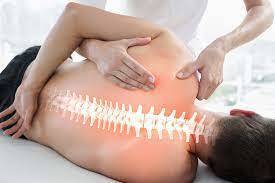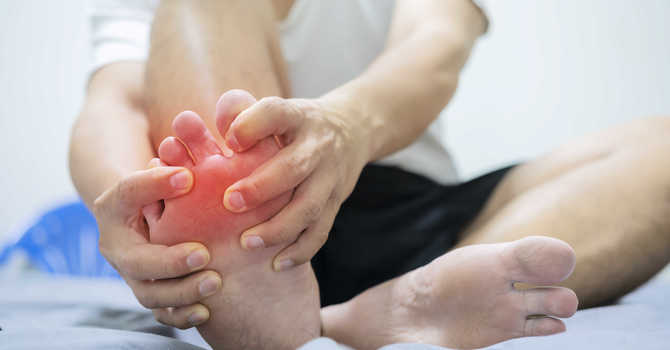
Introduction:
In the realm of alternative medicine, a gentle yet effective approach known as osteopathy has been gaining recognition and popularity. Originating in the late 19th century, osteopathy focuses on the interrelationship between the body's structure and its ability to function harmoniously. In this blog, we will delve into the essence of osteopathy, its principles, and the myriad of benefits it offers for physical well-being.
What is Osteopathy?
Osteopathy is a holistic healthcare system that aims to optimize the body's self-healing mechanisms by identifying and treating the underlying causes of pain and dysfunction. It acknowledges that the body is an interconnected unit in which all systems, including the musculoskeletal, circulatory, and nervous systems, are interdependent. By adopting a comprehensive approach, osteopathic practitioners seek to restore balance, alleviate pain, and enhance the body's inherent ability to heal itself.
Principles of Osteopathy:
The Body's Self-Regulating Mechanism: Osteopathy recognizes that the body has a natural ability to self-regulate and heal. Osteopathic interventions are focused on supporting and enhancing this inherent healing capacity.
Structure and Function Interdependence: Osteopaths view the body as a unified entity, where the structure and function of each system are intimately connected. They believe that optimal health is achieved when the body's structure is balanced, allowing proper function and movement.
Treatment of the Root Cause: Osteopathy seeks to identify and address the underlying causes of pain and dysfunction, rather than merely treating the symptoms. By targeting the root cause, long-term relief and improved well-being can be achieved.
Benefits of Osteopathy:
Pain Relief: Osteopathic techniques, such as soft tissue manipulation, joint mobilization, and gentle stretching, can alleviate pain caused by musculoskeletal conditions, such as back pain, neck pain, arthritis, and sports injuries. By restoring proper alignment and function, osteopathy promotes pain relief and enhances mobility.
Improved Posture and Alignment: Poor posture can lead to a cascade of problems, including muscle imbalances, joint restrictions, and pain. Osteopathy emphasizes the correction of postural imbalances by aligning the body's structure, enhancing muscle flexibility, and optimizing joint function. This can result in improved posture, reduced strain on the body, and increased overall vitality.
Enhanced Circulation and Function: Osteopathic techniques aim to improve blood flow, lymphatic drainage, and nerve conduction throughout the body. By optimizing circulation and removing restrictions, the body's tissues receive adequate oxygen, nutrients, and immune cells, promoting overall health and well-being.
Stress Reduction: Osteopathy takes into account the impact of stress on the body. Through gentle techniques, it can release tension, relax muscles, and reduce stress levels. This holistic approach not only aids in physical relaxation but also contributes to mental and emotional well-being.
Complementary Approach: Osteopathy complements conventional medical treatments and can be integrated into a multidisciplinary approach. It can work synergistically with other therapies, such as physiotherapy or chiropractic care, to support overall health and recovery from injuries or chronic conditions.
Conclusion:
Osteopathy offers a comprehensive and holistic approach to healthcare, focusing on the interplay between the body's structure and its ability to function optimally. By targeting the root causes of pain and dysfunction, osteopathic treatment can provide numerous benefits, including pain relief, improved posture, enhanced circulation, stress reduction, and integration with other medical treatments. If you're seeking a natural and holistic approach to promote your well-being, osteopathy may be a valuable option to consider on your journey toward optimal health.

Atoosa Khosh-Ghalb
Contact Me



